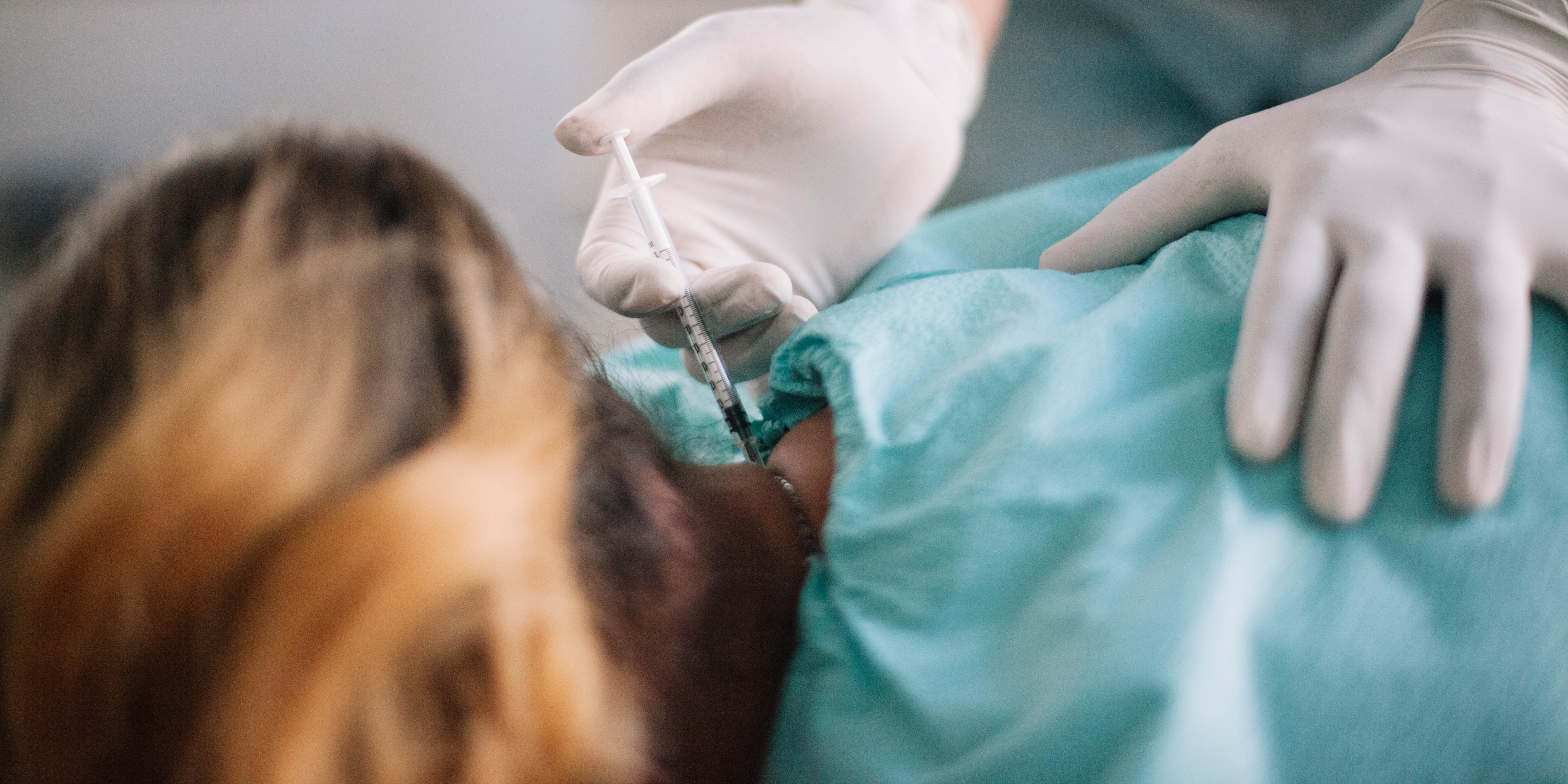
Migraines are not just headaches; they are severe, debilitating pain events that can disrupt daily life. Botox, a name commonly associated with cosmetic treatments, has emerged as a beacon of hope for chronic migraine sufferers. Here’s how Botox helps and what you need to know about this unexpected botox for chronic migraine treatment.
What is Botox for Migraines?
Botox, or botulinum toxin, is approved by the FDA for the prevention of chronic migraines. This treatment is recommended for those who experience 15 or more headache days per month, each lasting four hours or
more.
How Does Botox Help Migraines?
Botox reduces migraine frequency by injecting small doses into precise points along the head and neck. This temporarily blocks the neurotransmitters that carry pain signals from your brain, effectively preventing migraines at their source.
Migraine Botox Treatment details:
- Where is Botox Injected? Botox is injected into seven key areas of the head and neck, targeting the nerves involved in pain transmission.
- Duration and Frequency: Each Botox session lasts about 15 minutes, with treatments recommended every 12 weeks.
- Efficacy: Most patients report significant reductions in migraine days within two treatments.
Botox for migraine procedure:
- Consultation: Initially, a detailed consultation is done to understand the pattern of your migraines.
- Procedure: Small doses of Botox are injected into specific areas around the head and neck. The procedure is quick, usually done in less than 20 minutes.
- Frequency: Treatment is typically done every 12 weeks, depending on the patient’s response and doctor’s recommendation.
Safety and Side Effects:
- General Safety: Botox for migraines is generally safe and approved for most adults.
- Side Effects: Common side effects include neck pain, stiffness, and temporary muscle weakness around the injection sites.
- Pregnancy: Botox is not recommended for use during pregnancy. Always consult with your healthcare provider.
Botox help migraine
Living with chronic migraines can be challenging, but Botox offers a clinically proven solution to reduce the frequency of headaches and improve quality of life. In several scenarios, it is also a great alternative to chronic cortisone and epidural injections, facet blocks, and radiofrequency ablations. Consult with a healthcare professional skilled in migraine management to discuss whether Botox could be right for you and start your journey towards fewer headache days.
Meet Dr. Tanuj Palvia, MD – Board Certified in Pain Management and Anesthesiology

Dr. Eva Shi, DPT
Doctor of Physical Therapy
Frequently Asked Questions About Botox for Migraines
Q1: How often should I get Botox injections for migraines?
A: Botox treatments are typically administered every 12 weeks. Regular sessions are recommended to maintain the effectiveness of the treatment in preventing migraine episodes.
Q2: What are the common injection sites for Botox for migraines?
A: Botox is injected into specific areas that are linked to migraine pain, including the forehead, temples, back of the head, neck, and upper back.
Q3: Are there long-term side effects of using Botox for migraines?
A: Botox has been used safely for many years. While most side effects are mild and temporary, discussing any long-term concerns with your healthcare provider is important.
Q4: Can Botox be used for tension headaches as well?
A: Yes, while primarily approved for chronic migraines, Botox can also help in reducing the frequency of tension headaches. Consult with your provider to determine if Botox is suitable for your specific condition.
Q5: Is Botox for migraines covered by insurance?
A: Many insurance providers cover Botox treatments for chronic migraine prevention. It’s advisable to check with your insurance for the specifics of your coverage.
Q6: Can I use Botox for migraines while pregnant?
A: Botox is generally not recommended during pregnancy. Always consult your healthcare provider for treatments that are safe during pregnancy.
Q7: How long does it take to see results from Botox for migraines?
A: Some patients may notice a decrease in migraine frequency as soon as two to three weeks after the initial treatment, but it can take up to two sessions (24 weeks) to see significant results.
Q8: Where can I find a doctor who provides Botox treatments for migraines near me?
A: You can search for qualified specialists in migraine management and Botox treatments through medical associations, or visit our provider locator to find a doctor near you.
Q9: What should I expect during a Botox treatment session for migraines?
A: The treatment involves a series of small injections around your head and neck area. Each session usually takes about 15 minutes, and patients can return to their normal activities immediately afterward.
Q10: Are there any alternatives to Botox for treating chronic migraines?
A: Several alternatives, including medications, lifestyle changes, and other medical treatments, are available for managing chronic migraines. Discuss all available options with your healthcare provider to find the best treatment plan for you.